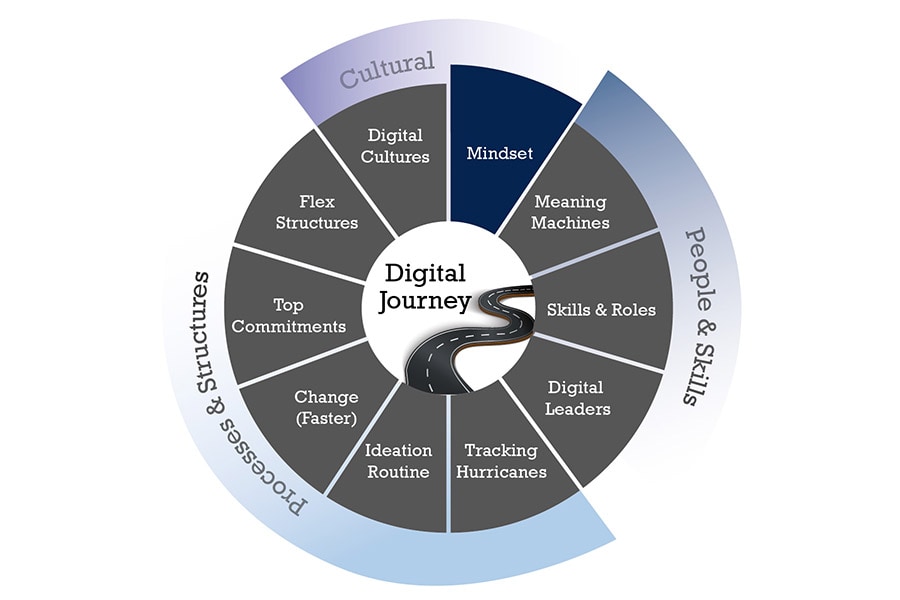
The structures that can support your digital journey
Digitisation efforts gain real legitimacy only when they move to the business core

Image: Shutterstock
We regularly hear that digitisation efforts have to be driven from the top. They need management attention and an end-to-end plan that makes digital part of the organisational DNA. But what this actually means is rarely articulated. The structural arrangements companies make to digitise are as important as the decision to follow a path of digitisation in the first place.
As we discovered in interviews with executives at the forefront of the digital journey for a recent research article, digitisation often starts in small pockets, special teams or special units (often in IT departments, for better or worse). But these efforts are unlikely to become part of the core business until management sets some clear, high-level policies and structures (i.e. fully connected to line management).
The problem with budding digital projects is that they often lack legitimacy, power and integration with the core business. Therefore, concrete strategic commitments need to be made from the top that allow these pockets of growth to scale and become part of the firm’s core operations.
If we take e-books as an example, one of our interviewees from a large global publishing house told us: “Publishers were not positive about e-books… They didn’t think it was going to make them a lot of money, which it didn’t initially.” More importantly, it wasn’t part of their scorecard and incentives. It took substantial (widespread) changes in top management incentives and the creation of a common policy on how to deal with agents and authors, for electronic books to really take off in this organisation: “There was a certain tipping point where they just started accepting this as another format.”
[This article is republished courtesy of INSEAD Knowledge, the portal to the latest business insights and views of The Business School of the World. Copyright INSEAD 2024]
 The evolution of digital structures
The evolution of digital structures



